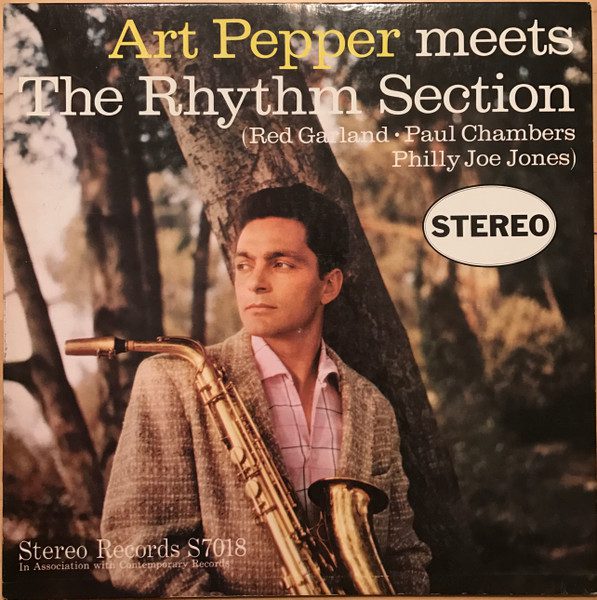
All prices listed are in CA$.
PREAMBLE
Welcome to my series Treasures from the Vinyl Vault. In it, I will feature select gems from my approximately 12,000 ever-growing vinyl collection, accumulated over a 45-year period and counting*. This will not be your typical “Greatest Of All Time” list, but more of a guided tour, occasionally accompanied by an anecdote or two, of the singles and albums in my collection that are most precious to me, both for their historical value and the impact they’ve had on my musical journey. In order to cover the greatest number of them, I will not go into much detail about the record’s history or its sound quality—for those aspects I invite you to visit my Top 500 SuperSonic List at https://soundevaluations.blogspot.ca/.
Records will be presented in chronological order based either on their recording date or original release date, and not reissue date—which means, for example, that Miles Davis’ iconic Kind of Blue album will be featured only once, in 1959, despite its many remasterings and repressings over the years. Also, all pressings are US ones unless specified otherwise. If ‘mono’ is not indicated, then consider it stereo or that the stereo version of it is my de facto choice of the two. Let’s continue, shall we?
*
Just as Blue Note exhibited a distinct hard-edged sound thanks to its hard boppers and the recording style of engineer Rudy Van Gelder (RVG), California-based Contemporary Records offered an alternate soundtrack thanks to its cool cats and engineer Roy DuNann. While RVG demonstrated a fondness for reverb on brass and snare drums, DuNann delivered a drier, more intimate sound more akin to having the musicians playing in your living room as opposed to hearing them in a live concert venue, which is what Rudy seemed to aim for. Founded by American screenwriter and film producer Lester Koenig, Contemporary was at the forefront of recording jazz in stereo, having done so as early as July 1956, nearly nine months prior to Blue Note, whereas classical music already had a two-year head start on all other genres. Both Blue Note and Contemporary, as with competing labels, first issued their LPs in mono versions only, before the process of cutting records in stereo became more technically feasible beginning in spring 1958. Contemporary and its subsidiary Stereo Records, released reference sound-quality records rivaling anything produced ever since. Plus, the musical artistry is up there with the very best.
Notable about the sound of these recordings is how much the instruments appear crisp and clearly rendered, yet remain warm-toned at all times, and are placed hard-panned left or right, making them easy to follow even during intricate solos. I decided to regroup the first batch of Contemporary’s stereo releases in this installment. They are all great sonically and musically, offering a mix of West Coast cool jazz with bop. Original pressings sporting the beautiful black and gold ‘deep groove’ label are at the top of the sonic ladder (along with Analogue Productions’ double-45 rpm remasters), followed by the label’s 1970s’ ‘yellow label’ represses, 1980-90s’ OJC reissues, and more recently Craft Recordings remasters cut by Bernie Grundman, who actually worked for Contemporary back in the 1960s. I have yet to encounter a bad-sounding pressing in the lot.
And the nominees are…:
31- Shelly Manne & His Men – Swinging Sounds in Stereo. Contemporary Records – C3519 (mono) (1957), Stereo Records – S7007 (1958), 33 1/3 rpm. Genre: West Coast jazz, bebop.
Shelly Manne’s Swinging Sounds in Stereo is the earliest recording of the bunch. My record collector partner (and friend) got this original pressing in great shape not long ago for fifty bucks online from Montreal record store, Aux 33 Tours. An exciting quintet featuring the cute blue cat cover.
32- Barney Kessel – Music to Listen to Barney Kessel By – Contemporary Records – C3521 (mono) (1957), Stereo Records – S7001 (1958), 33 1/3 rpm. Genre: West Coast jazz.
Barney Kessel’s Music to Listen to Barney Kessel By is the smoothest of the six selections, serving as fine wine-and-dine background music.
33- Curtis Counce – The Curtis Counce Group aka Vol 1: Landslide. Contemporary Records – C3526 (mono) (1957), Stereo Records – S7526 (1958), Original Jazz Classics – OJC-606 (1991), 33 1/3 rpm. Genre: West Coast jazz, cool jazz, hard bop.
Unfortunately, I don’t have the original pressing of Curtis Counce’s The Curtis Counce Group, aka Vol 1: Landslide, but rely instead on a 1970s repress I’ve had for a while, whose sound has stood the test of time. This record—the first of three by Counce for Contemporary—features a quintet of bass, trumpet, tenor sax, piano, and drums, and is more musically captivating than the previous two selections.
34- Shelly Manne & His Friends – Modern jazz performances of songs from My Fair Lady. Contemporary Records – C3527 (mono) (1956 or 57?), Stereo Records – S7002 (1958), 33 1/3 rpm. Genre: West Coast jazz.
The friends, consisting of Leroy Vinnegar on bass and André Previn on piano, present their take on eight songs from the popular Broadway musical My Fair Lady. There is never a dull moment here as the players deftly transition between tempos many times in a same song. The piano has some good weight in the left hand’s lower register, and the snare drum is quick and crisp. My original Stereo Records pressing has its share of tics and pops, here and there, plus some wow wavering caused by an off-center spindle hole, but at least it doesn’t distort. I also have an original Contemporary pressing in much better shape, whose sound is very similar to that of Stereo Records.
35- Howard Rumsey’s Lighthouse All-Stars – Music for Lighthousekeeping. Contemporary Records – C3528 (mono) (1957), Stereo Records – S7008 (1958). Genre: West Coast jazz, cool jazz, bop.
This sextet is less known than the other formations featured here but nonetheless includes Sonny Clark on piano and Stan Levey on drums. I have an original mono pressing and the much later (1990s?) ‘Lighthouse series’ stereo pressing, which I prefer quite a bit over the mono version. The sound is clean and clear, but slightly light in the lower frequencies.
36- Art Pepper – Art Pepper Meets the Rhythm Section. Contemporary Records – C3532 (mono) (1957, July), Stereo Records – S7008 (1958), Analogue Productions APJ 010 (1992), Analogue Productions AJAZ 7532 (2003), (2×45 rpm), 180g. Genre: cool jazz.
This is altoist Art Pepper’s first album for Contemporary, and probably his most popular among audiophiles, due in part, no doubt, to its excellent sound, but also to its many incarnations since Analogue Productions (AP) first showcased it in their catalogue in 1992. Incidentally, that was AP’s 10th jazz release, a far cry from where they stand today. That particular pressing was an “all tube analogue” remaster by Doug Sax at The Mastering Lab, and the only version I have, which I’ll get back to in a moment. The nine tracks are a mix of easy-on-the-ears, cool jazz originals and standards. Recorded in one day in January 1957, the quartet featured Red Garland on piano, Paul Chambers on bass, and Philly Joe Jones on drums—all three part of Miles Davis’s First Great Quintet. Chambers makes frequent use of the bow in his solos while accompanied by Jones’s light brush work, both panned hard right with Pepper panned hard left. Jazz critics called it a milestone album with many ‘five-star’ ratings. For my tastes, I find it good but nothing exceptional, and much prefer Pepper’s remaining four LPs for the label from that period. This album certainly did not change the course of jazz as some LPs have, which is why I declined to buy AP’s double-45 rpm 2003 remaster by Kevin Gray and Steve Hoffman, which is now fetching $400 (!) or more on Discogs. I did get the chance to hear it on my system and compare it to my Doug Sax 33 rpm. Yes, the 45 rpm sounded slightly better and drier like I usually prefer, but I did not find the difference to be a game-changer like in some instances. I never had the chance to see or hear an original 1958 Stereo Records pressing, which also sells for around the same price as AP’s 45 rpm. I’m sure it would surpass my pressing.
For more from Claude Lemaire visit…
http://soundevaluations.blogspot.ca/
*I would be remiss not to mention that some of those 12,000 records I share with a fellow vinyl hunter, co-conspirator, and lifelong friend.
*
Reference List (Singles, albums, and labels):
Shelly Manne & His Men – Swinging Sounds in Stereo.
Contemporary Records – C3519 (mono) (1957), Stereo Records – S7007 (1958), 33 1/3 rpm. Genre: West Coast jazz, bebop.
Barney Kessel – Music to Listen to Barney Kessel By.
Contemporary Records – C3521 (mono) (1957), Stereo Records – S7001 (1958), 33 1/3 rpm. Genre: West Coast jazz.
Curtis Counce – The Curtis Counce Group aka Vol 1: Landslide.
Contemporary Records – C3526 (mono) (1957), Stereo Records – S7526 (1958), Original Jazz Classics – OJC-606 (1991), 33 1/3 rpm. Genre: West Coast jazz, cool jazz, hard bop.
Shelly Manne & His Friends – Modern jazz performances of songs from My Fair Lady.
Contemporary Records – C3527 (mono) (1956 or 57?), Stereo Records – S7002 (1958), 33 1/3 rpm. Genre: West Coast jazz.
Howard Rumsey’s Lighthouse All-Stars – Music for Lighthousekeeping.
Contemporary Records – C3528 (mono) (1957), Stereo Records – S7008 (1958). Genre: West Coast jazz, cool jazz, bop.
Art Pepper – Art Pepper Meets the Rhythm Section.
Contemporary Records – C3532 (mono) (1957, July), Stereo Records – S7008 (1958), Analogue Productions APJ 010 (1992), Analogue Productions AJAZ 7532 (2003), (2×45 rpm), 180g. Genre: cool jazz.
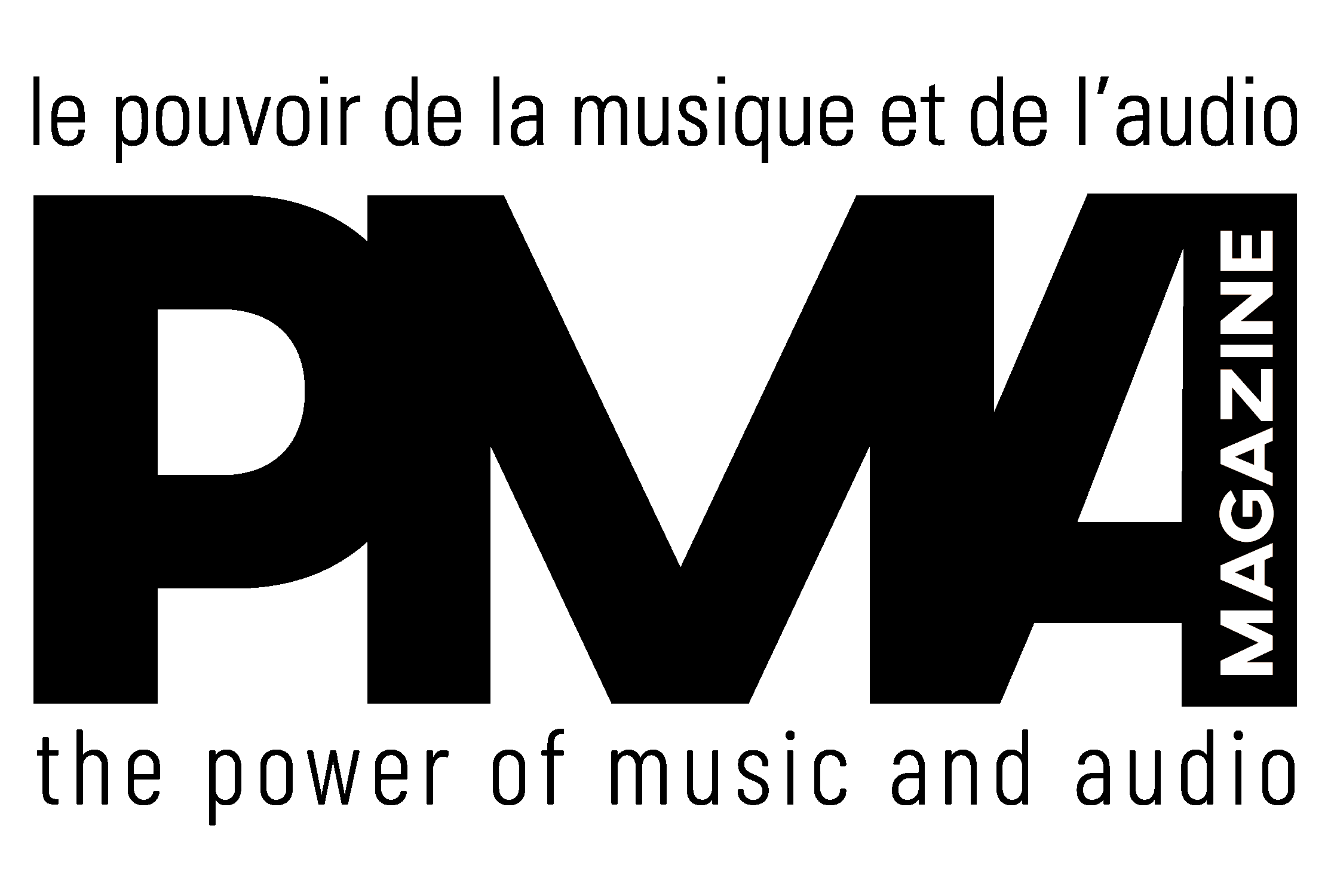

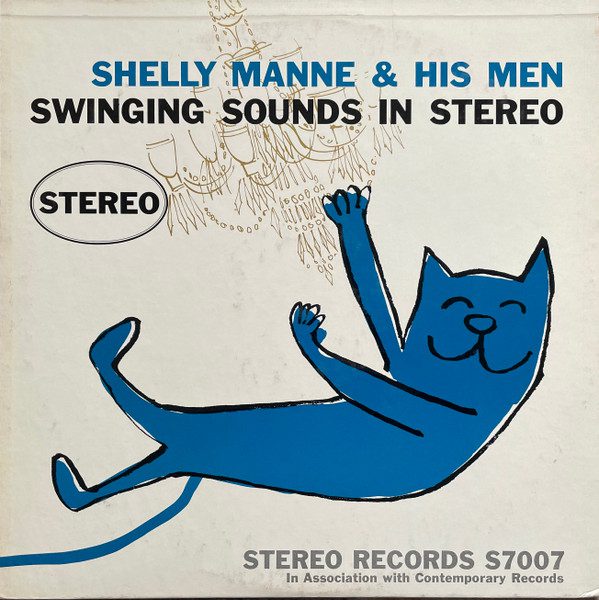
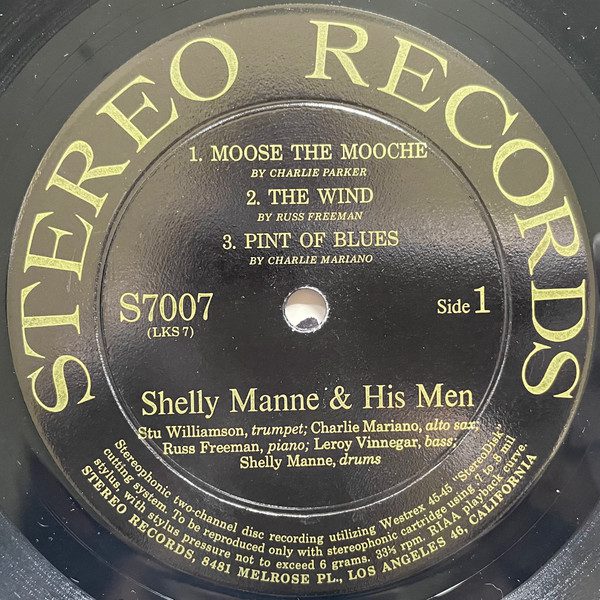
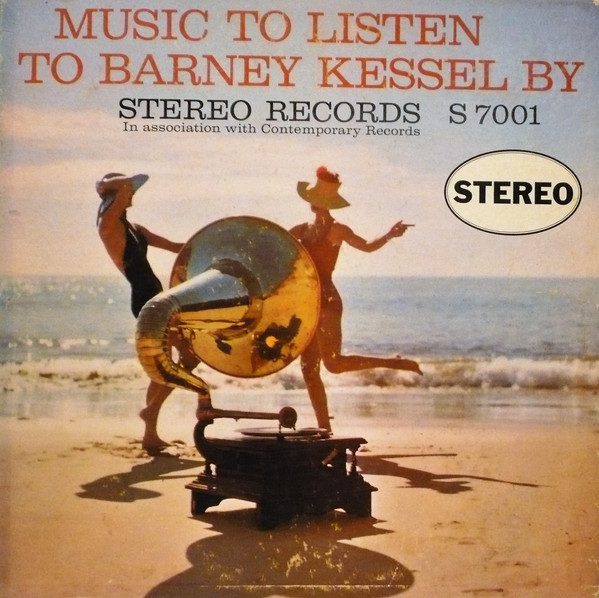
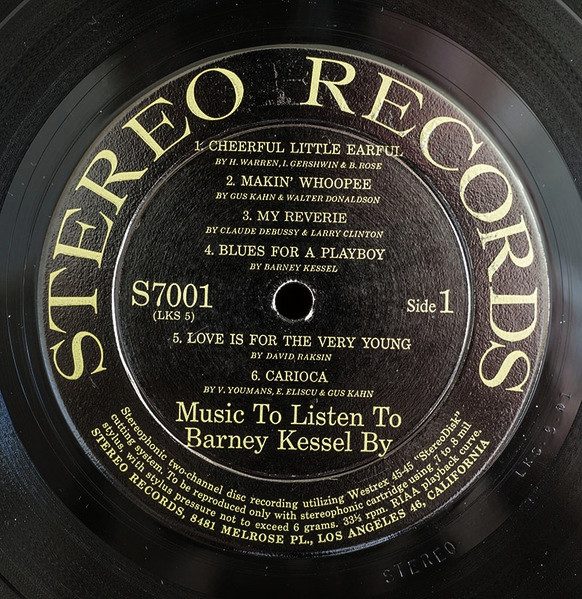
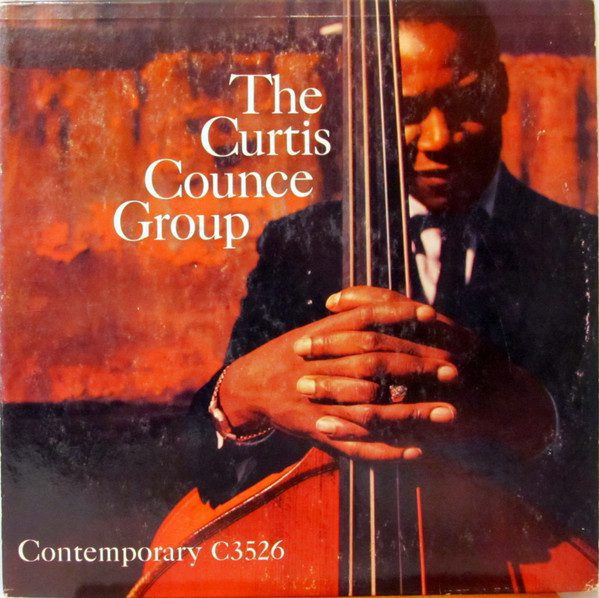
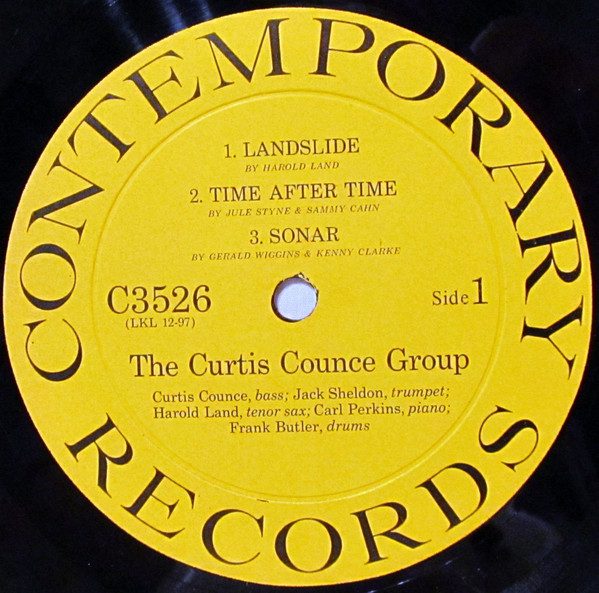
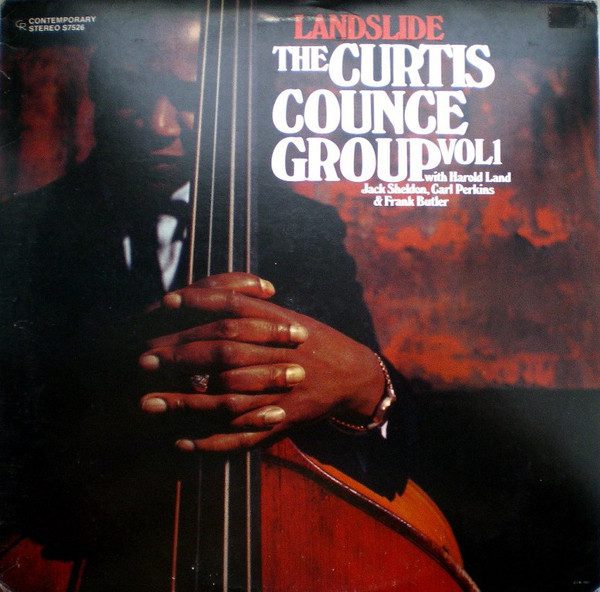
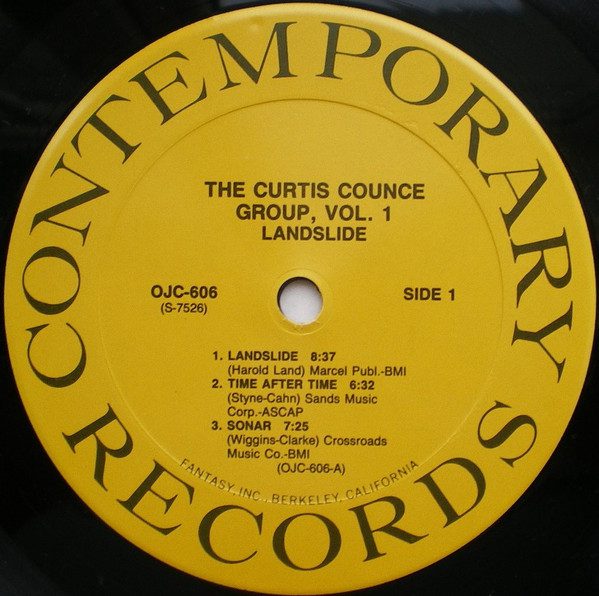
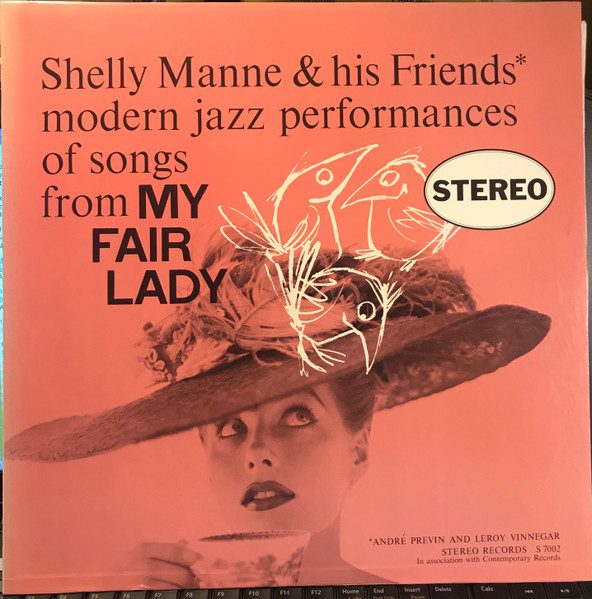
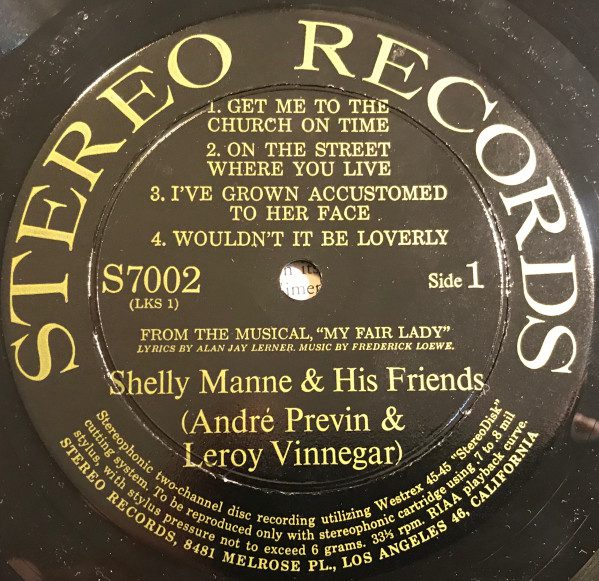

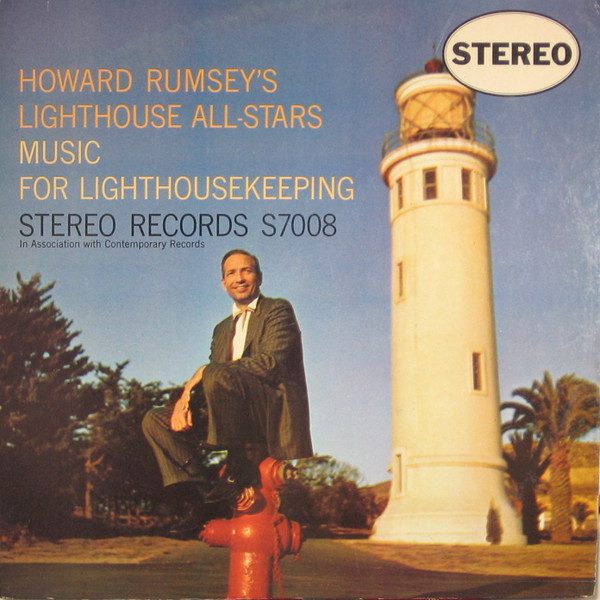
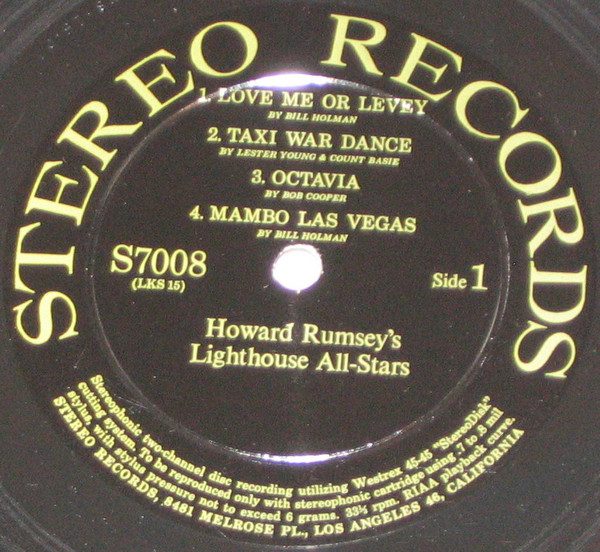
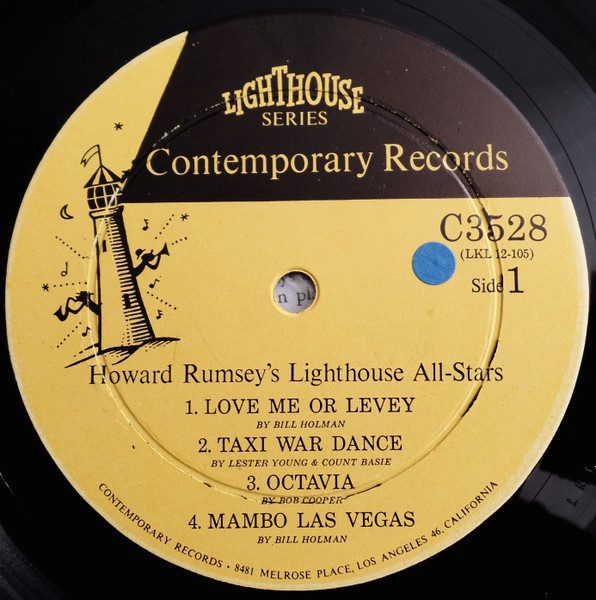
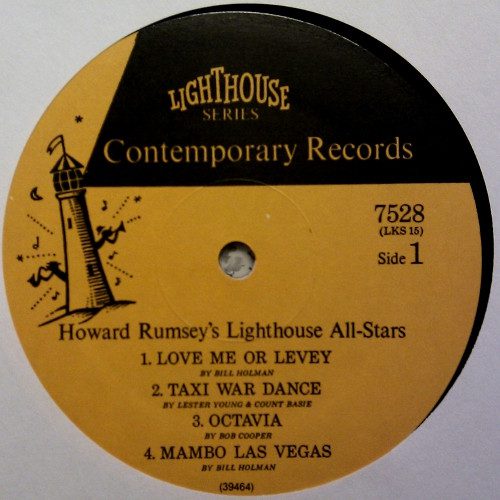
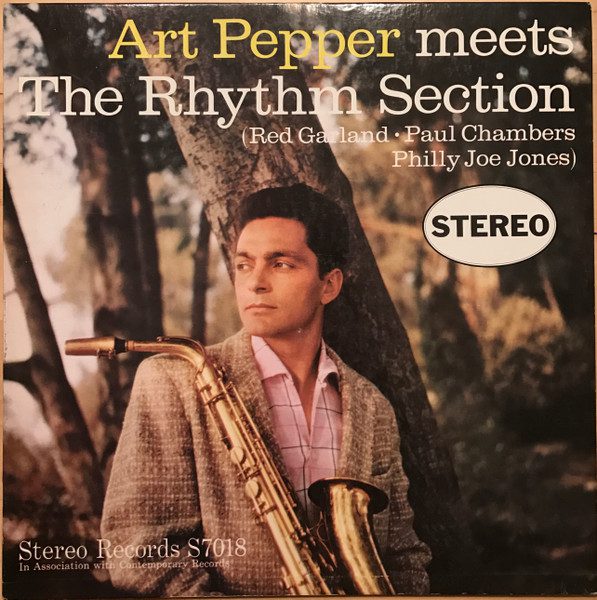
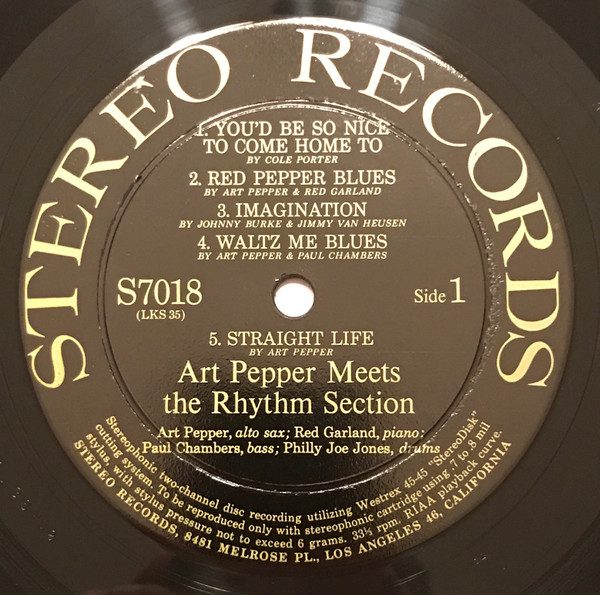
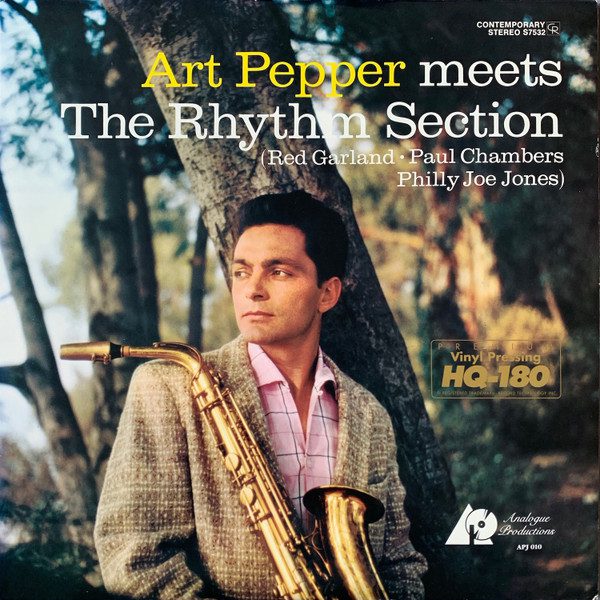
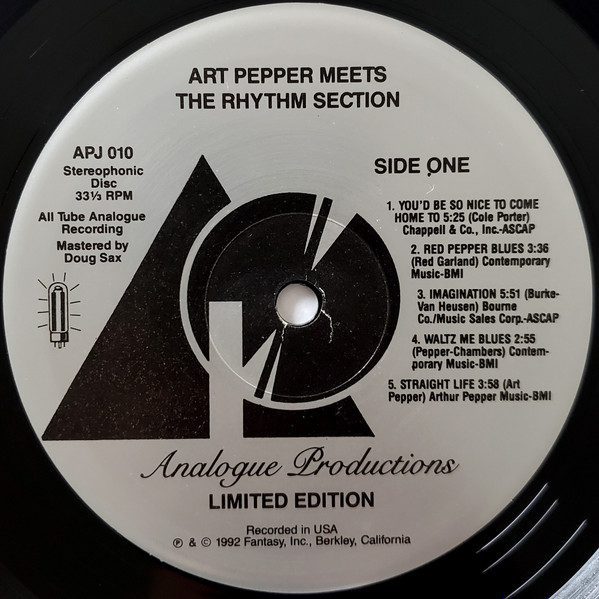

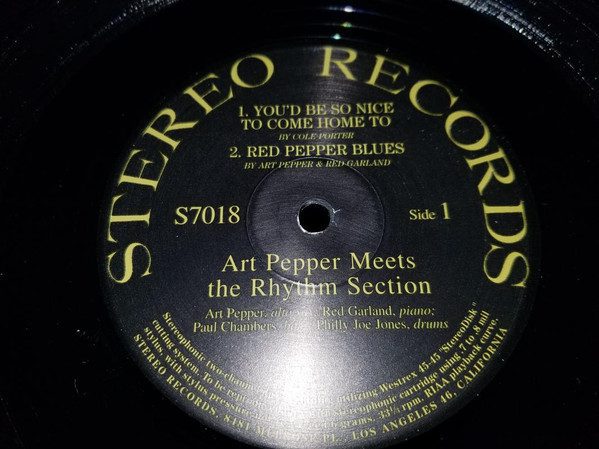


















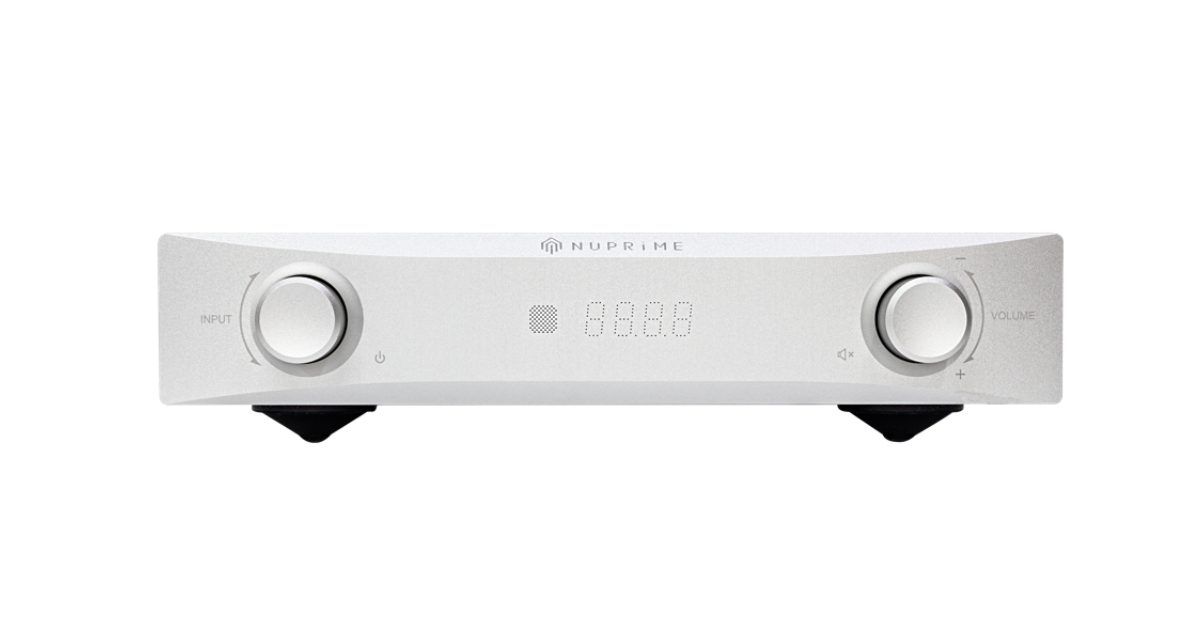
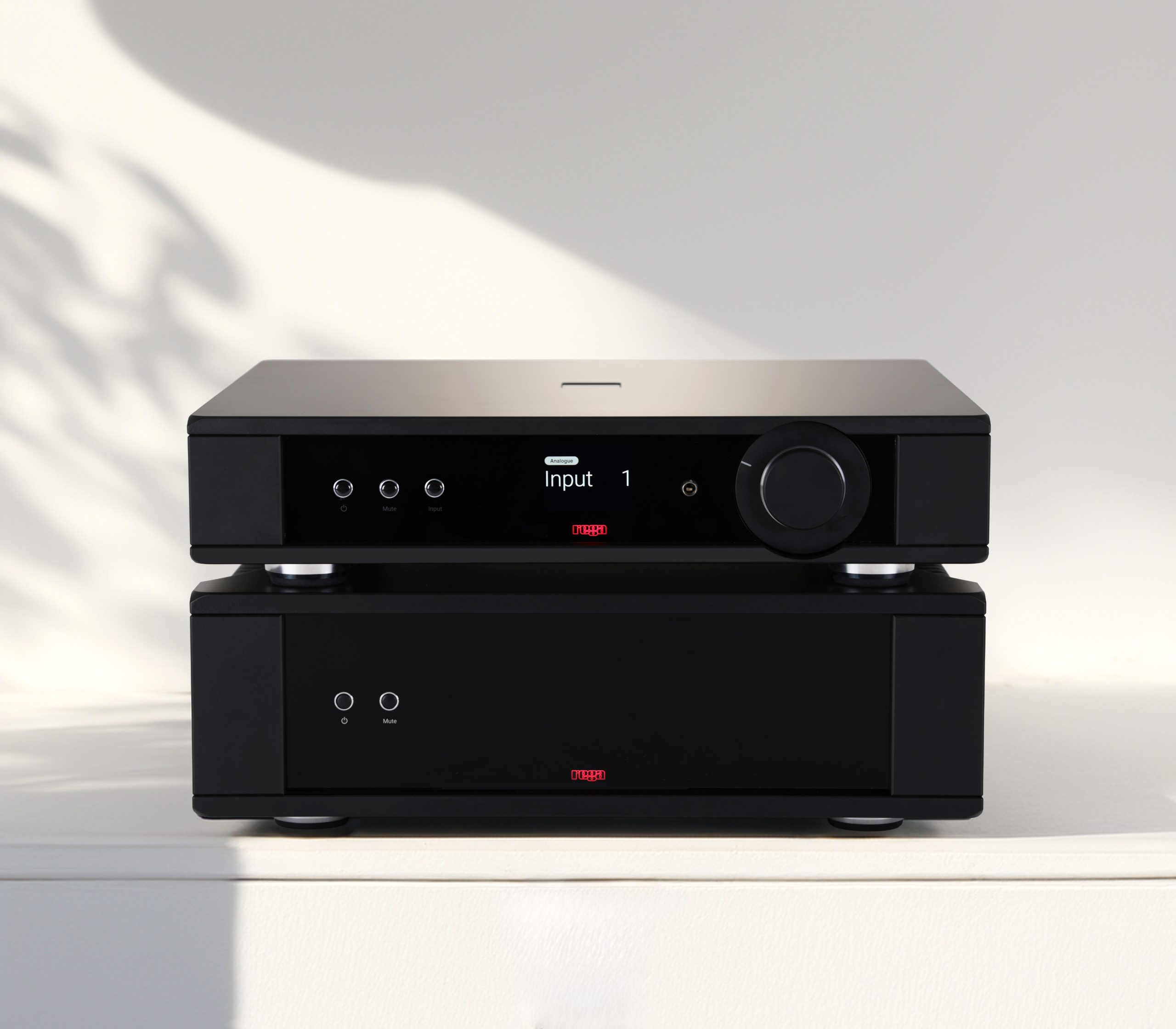
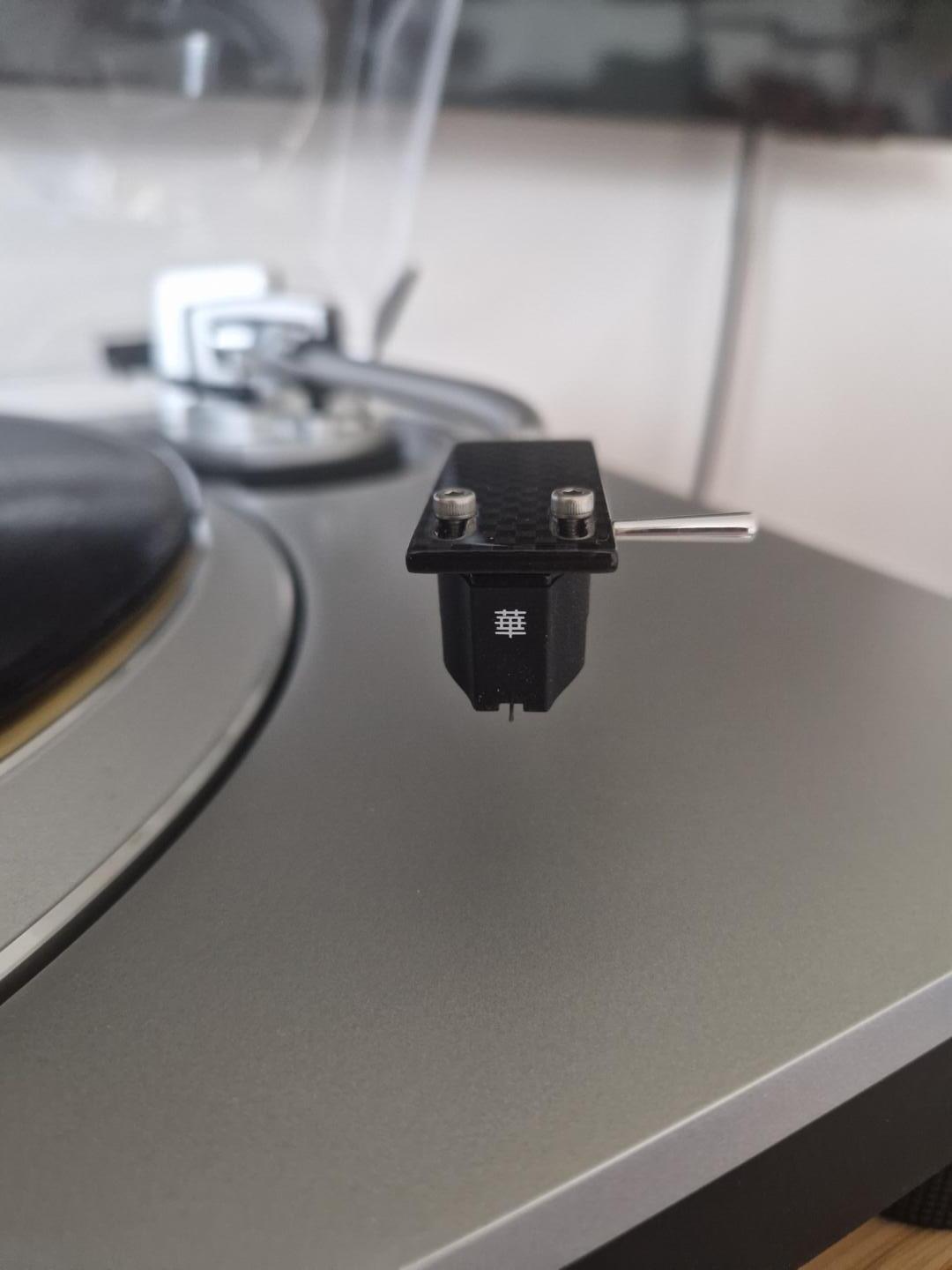
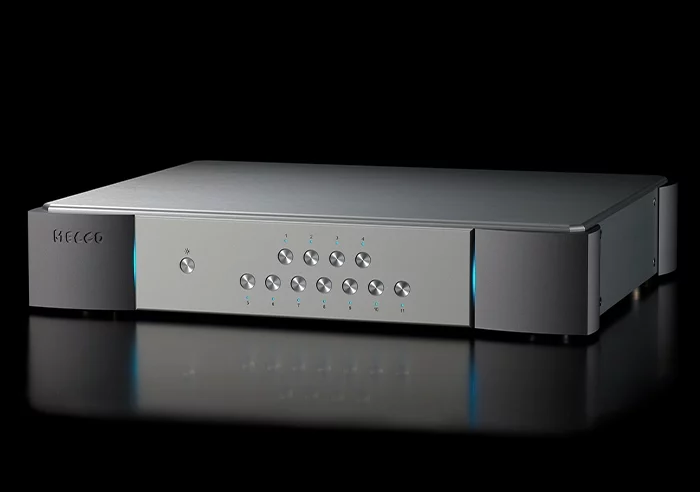
Leave a Reply